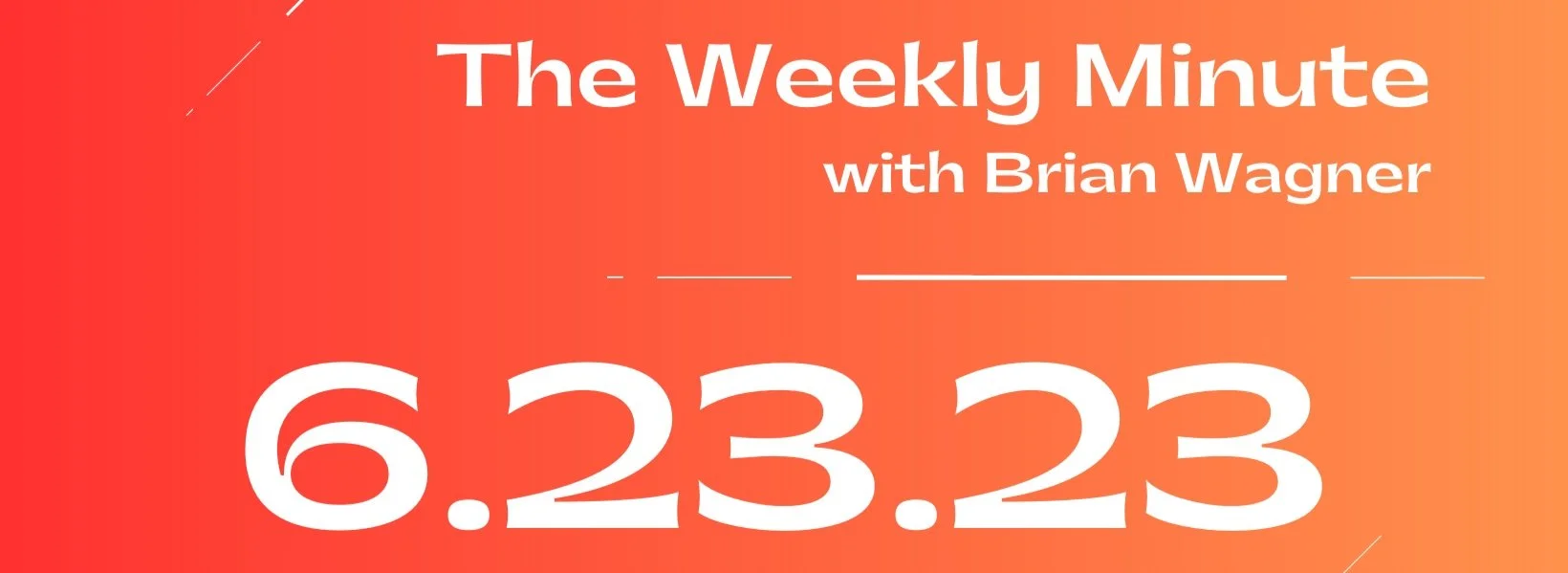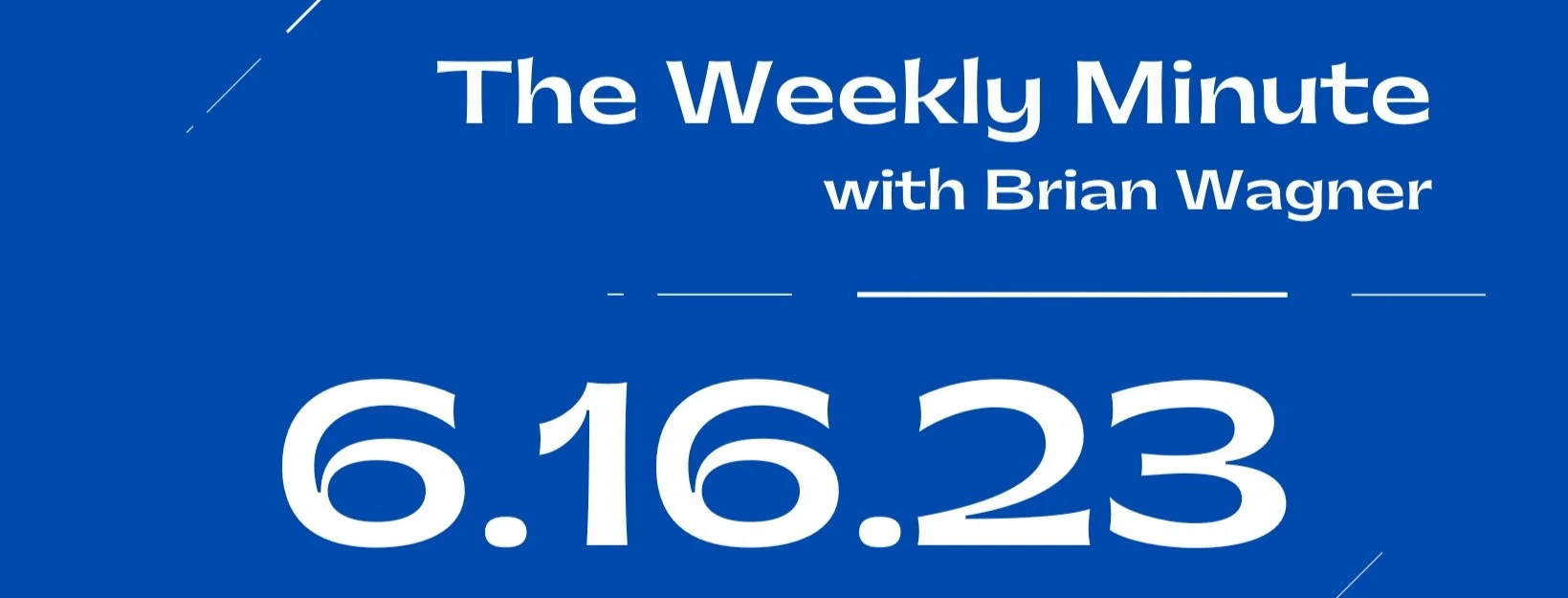Book Report - The Customer Revolution in Healthcare
Delivering Kinder, Smarter, Affordable Care for All
by David Johnson
Brief Overview:
Everyone agrees that the current US healthcare system is broken and in desperate need of repair. It should cost less, tackle chronic disease, and promote health. It requires a massive shift in resources from acute services to better care management, behavioral health, and primary care services. The question isn’t what to do. It’s how to do it.
The revolution starts by meeting and supporting consumers’ real health needs. It’s time for American healthcare to serve the people.
Revolutionary Healthcare empowers patients and providers alike. Competitive healthcare companies reconfigure inefficient business models to deliver appropriate, accessible, holistic, and reliable care at lower costs. Caregivers engage patients with insight and compassion informed by real-time data and analytics. Payers reward health companies that deliver great outcomes and great service at competitive prices while keeping members as healthy as possible. Investors fund innovative companies whose products and services delight customers. And consumers receive compassionate, affordable, convenient healthcare that meets their needs.
Most important, The Customer Revolution in Healthcare provides a robust framework for aligning economic incentives with patient needs to deliver better outcomes at lower costs with superior customer service. The future of healthcare belongs to innovative customer-centric health companies that deliver kinder, smarter, more affordable care―to all. (Get the introduction here.)
This book s a point-by-point action plan to:
Blow up the Healthcare Industrial Complex
Liberate data and empower consumers with technology
Promote agile, innovative, and customer-centric “platform” companies
Reduce costs, improve service, and generate superior outcomes
Deliver personalized care with precisions and compassion
Explain and address America’s self-created opioid crisis
Provide affordable and accessible health insurance for all
Turbocharge the U.S. economy
Foster healthier communities
++++++++
Intro
The US spends far more on healthcare per capita than any other advanced economy - yet experience lower health status
Revolutionary Healthcare is coming with payment models that reward service and value
Fundamental Flaws
Americans do not use more healthcare than people in other developed nations – they generally use less, but they pay substantially more for procedures
To fix the American system, we need to improve care quality and reduce care costs. That starts with understanding why more providers haven’t replicated efforts to costs and standardize protocols
Current mix of US physicians =
Too few PCPs
Too many Specialists
Robust primary care practices demonstrate both better outcomes and lower costs
In healthcare, transactions occur without customers. Patients see doctors. Doctors tell patients what to do. After limited copays and deductibles , a third-party insurer pays for prescribed services
Waste More, Want More
Billing experiences reflect the fragmented and disconnected relationships between health companies and American consumers
Healthcare’s Iron Triangle:
All healthcare is local, and so is the business of healthcare
The System’s fragmentation has created hundreds of distorted local markets where payers and/or providers exercise unacceptable levels of pricing power.
One of the sobering realities of our healthcare system is that it has little impact on societal health
Up to 80% of the health of a population relates to lifestyle, social infrastructure, and genetics
Taxation Without Representation
Healthcare is different, many argue, from other businesses. Life is priceless, and healthcare consumers cannot always make optimal buying decisions – but it fails to recognize that most healthcare services (even Emergency Care) are routine with predictable outcomes. The result is that healthcare offers commodity services at premium prices
Absurd prices →
Two customers buying identical vacuums at Best Buy will pay the same price. However, two people lined up at the same pharmacy or visiting the same surgical center often pay very different amounts, depending on their health insurance
Healthcare’s purpose should be to deliver kinder, smarter, affordable care for all Americans
Empowered Customers (Buyers)
Walmart’s motto (Save Money, Live Better) guides the company’s strategic thinking and market positioning. Renowned for finding affording solutions to customer challenges, Walmart sees opportunity in healthcare
Jobs To Be Done (JTBD)
Peter Drucker - “The purpose of a business is to create and keep customers.”
“People do not want a quarter inch drill, they want a quarter inch hole.”
It’s true // People buy products and services to get jobs done
When fulfilling customers JTBD, it’s essential to understand what Job the customer is hiring the company to do. In direct contracting for its employees healthcare, Walmart’s Job is finding affordable, high quality healthcare service providers to deliver appropriate care to employees
Advantage Medicare Advantage → MA works because its payment and performance incentives reward comprehensive and holistic care delivery
Old Math vs New Math
Old math - Getting paid is the principal managerial goal. Overtreating patients and manipulating billing codes are proven strategies for optimizing reimbursement. The System Wins
New math - creating value distinguishes winning companies.
JTBD and Brand
Jobs builds brand strength and sometimes even brand love
Brand love is emotional, not rational
Almost all advertising by health companies highlights great doctors, great technologies and grateful patients. They feature the what and not the why. It’s hard to tell the companies apart.
All health systems have great doctors, grateful patients, and believe in quality. That’s not enough to different and build true brand love
Liberated Data
Clinicians - the World’s highest-paid data entry clerks. Instead of engaging patients, doctors toiled away on their computers
It takes Teams of Teams to Deliver Great Healthcare
Pro Market Regulation
US healthcare operates within an artificial FFS economic model where supply drives demand. For example, the best predictor of cardiac procedures in any given market is the number of cardiologists. They and other providers literally create their own demand
Healthcare is big business
Competition is hard, but it makes companies better
Revolutionary Healthcare
The great challenges in healthcare center on creating the right financial incentives within a balanced regulatory framework so that competition rewards value based health and healthcare services. Such market-based reforms will empower high-performing health companies to deliver appropriate, accessible and affordable care to all
Revolutionary Upstarts
The disruptive professor - Clay Christensen has influenced a generation of business leaders. He believes market transformation starts when companies develop a better, deeper understanding of how customers make purchasing decisions
Disruption happens as an upstarts’ offering moves from fringe customers to mainstream customers over time because the company’s products offer necessary functionality at lower prices
JTBD
Jobs aren’t tasks, they are more holistic and involve experiences
The customer’s circumstances are the most important factor to understand
Good innovations solve problems that had either poor or no solutions at all
Jobs have powerful social and emotional dimensions
5 Ways that companies can identify JTBD:
Examine existing operations for poorly solved problems
Look for non-consumption
Take note of workarounds
Consider tasks people want to avoid
Be alert to new uses for established products
Individuals have three Jobs with regard to their health and wellness
“Fix me when I’m broken”
“Sustain my health”
“Enhance My health”
Revolutionary companies have a passion for making healthcare more accessible, affordable, convenient and humane.
Revolutionary “Incumbents”
Avoiding Indumbency - when incumbents cling to outdated business practices at the expense of future competitiveness, they become “indumbent”. These business practices are myopic, rigid and brittle. They double down on revenue-optimizing strategies dependent on negotiating leverage, while leaving themselves vulnerable to competition from value seeking companies
To avoid nasty surprises, organizations must undertake an honest assessment of their internal strengths and weaknesses. Leaders must answer these types of fundamental questions to gain full awareness of their company’s strategic positioning and potential vulnerability. // An in-depth competitive analysis is the critical next stop
Markets are agnostic and results-driven: Customers care about quality, costs and outcomes, not organizational mission or status
In Revolutionary Healthcare, health companies will provide care where, when and how customers want to receive it
Intermountain Health:
“Helping people live the healthiest lives possible”
Customers connect with Intermountain Health’s values because they make them feel better about themselves
Book Reports from 2023:
Book Reports from 2022:



